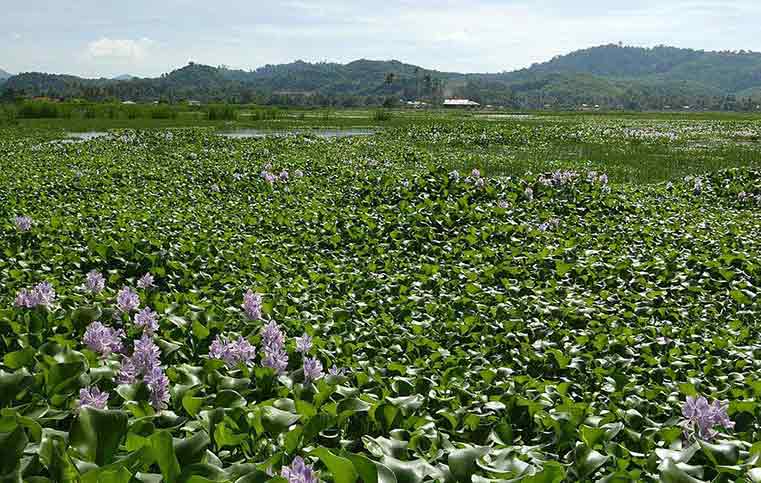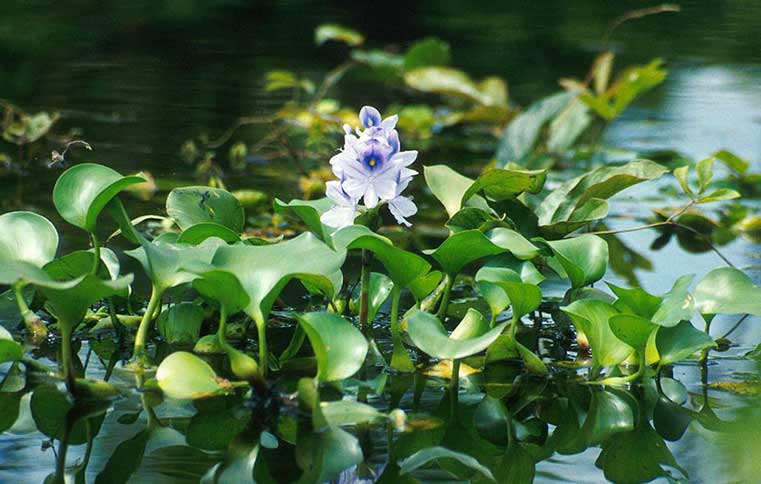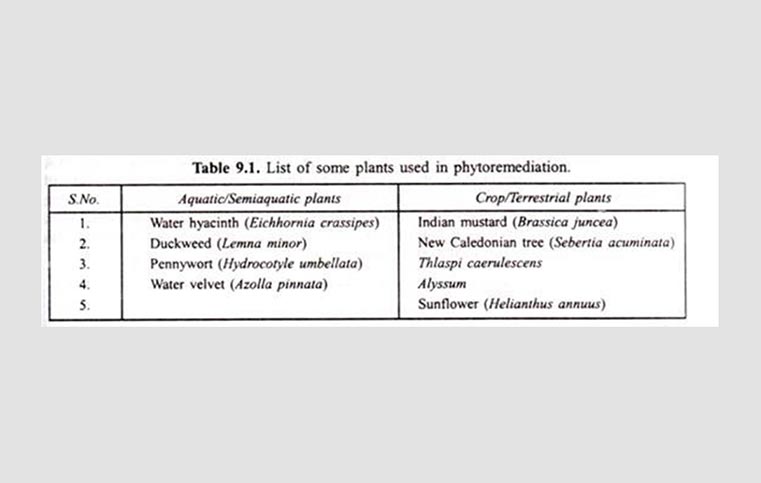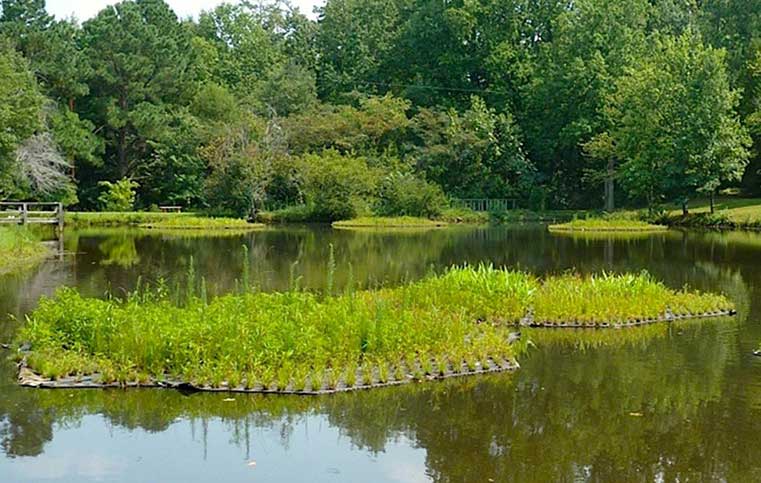River Purification – Using Plants in Phytoremediation Process
By: Ishwari Latey | Date: 28th January 2019

River pollution is a grave problem, and it is unlikely to fix in days or months. It takes years of constant efforts and consciousness to achieve the goal. There is no shortcut for magically fixing the river in one day. We have to look for doable alternatives for river purification, one being the use of plants.
Plants can play an important role in river purification. They come in the process of “Bioremediation”, use of biological entities for remediation. One of the main sources for water pollution is heavy metals accumulation.
The heavy metals are extremely hazardous for aquatic biodiversity, intensifying with the process of “Biomagnification”, where toxin concentrates while being passed on from one host in the food chain to the next.
Humans has also fell victim of this, example being “Minamata Disease” in Japan, where a large population fell victim to Arsenic Poisoning, Arsenic being accumulated into their body by consumption of seafood.
One of the effective way of controlling heavy metal accumulation is by using plants. Recently the value of terrestrial plants for environmental remediation has been recognized.
Crop plants such as Indian mustard have been used to extract heavy metals from soil and translocate them to the leaves and stalks of plants water hyacinth (Eichhornia crassipes), also known as “Jalaparni”, is a classic indicator of water pollution.

But, it grows in the contaminated water because it has a special property, chelating heavy metals. It has been used for purifying not only domestic wastewater but also industrial wastewater. It can readily absorb, accumulate and concentrate heavy metals such as Pb, Fe, Cu, Cd, Hg and Ni.
Other studies have evaluated the potential of water hyacinth to absorb various organic chemicals – phenols and toxaphene; and to remove even radioactive metals from effluents. Cell suspension cultures of Datura innoxia have been found to remove a wide variety of metal ions from solutions.
Submerged roots of sunflowers can concentrate radioactive wastes from the water. Because the radioactive chemicals accumulate only in the roots, only they require special disposal.

Like animals, most plants can be poisoned by heavy metals. But certain plants can accumulate as much as 40% of their weight as heavy metals without harm to themselves.
According to Ensley et al, (1997), further advances in phytoremediation require a multidisciplinary approach, covering fields as diverse as agricultural engineering, plant biology, agronomy, soil science, microbiology and genetic engineering.
A better understanding of the biochemical processes involved in plant heavy metal uptake, transport and accumulation will certainly improve phytoremediation using modem genetic approaches. One strategy for improving the phytoremediation potential of high biomass plant species is the introduction of genes responsible for metal accumulation and resistance from the wild metal accumulators.

Phytoremediation of heavy metals is designed to concentrate metals in plant tissues, thus minimizing the amount of hazardous waste, which needs to be treated and deposited at hazardous waste sites. But an economical method of reclaiming metals from plant residue should be developed.












